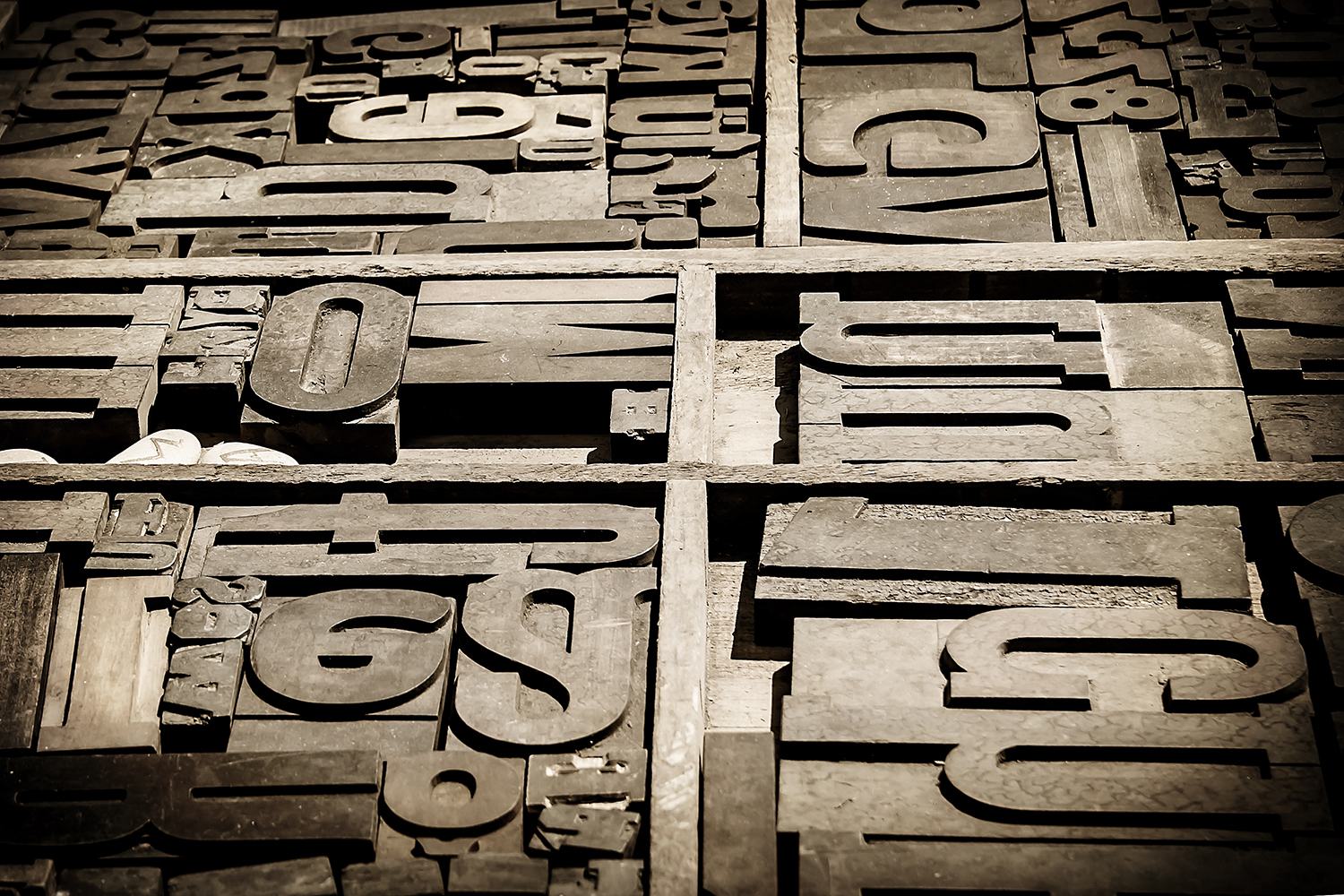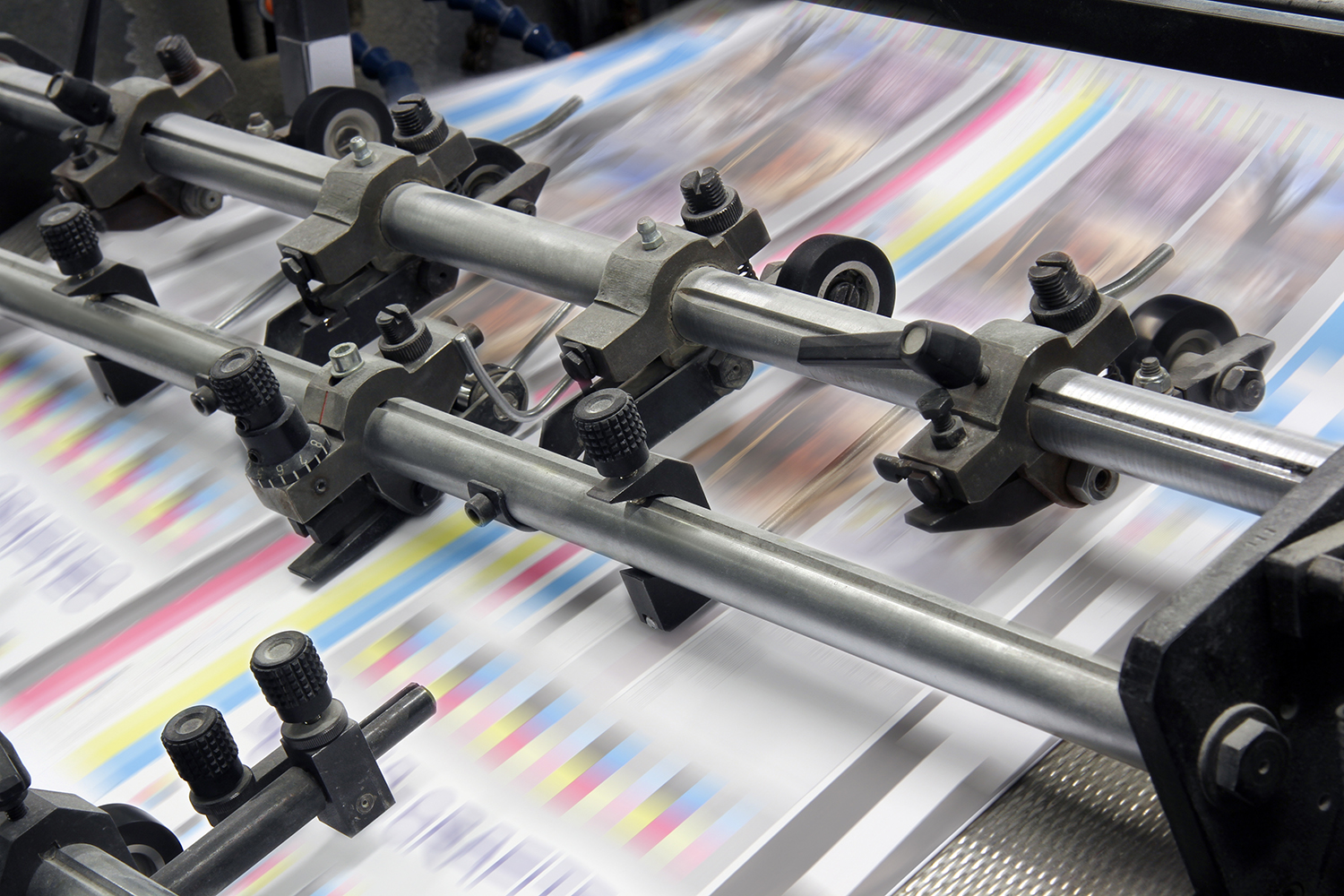In celebration of International Print Day, we thought we’d take some time to look at the very first print reproductions and how we got to where we are today.
A Brief History of Printing
The ancient Chinese using inks which were then pressed onto wooden blocks carved with the required shapes, much like a stamp. The practice is quite simply reproduction of an image, often to convey some kind of message. The quest to do this at the highest possible quality and with pinpoint accuracy is what turned printing into a fine art. Even the latest technology in continually renewed in order to spread information and reproduce images at the highest possible quality. As this industry took shaped and grew there has been another element added into the mix, demand. The goalposts have now changed, not only is printing reaching for perfection, it also wants it to been printed yesterday.
The real game changer that moved the process away from activities often found in a primary school classroom was the Gutenberg press. This revolutionary printing press, featuring mechanical moveable type came from a mix of ingenuity and great knowledge of metal craft was the world’s first mass-production manufacturing machine. The print industry was by no means exclusive to Germany, the first book to be published in English came courtesy of William Caxton and his now famous press. By the early 1600s, printing presses were becoming increasingly common throughout Europe and their capabilities grew to produce around 3,500 pages per day.
The Industrial Revolution made a huge contribution to the printing process, of course. In 1814, Friedrich Koenig and Andreas Friedrich Bauer unveiled their new steam powered printing press putting earlier developments to shame by producing 1,000 page impressions per hour! Colour lithography became popular from the 1890s onwards thanks to the support of celebrated artists such as Toulouse-Lautrec, Matisse and Picasso.
The Modern Day
It would be unfair to draw comparison to the presses already mentioned; state-of-the-art high presses like Heidelberg Speedmasters are now able to boast a production speed of around 15,000 sheets per hour. The digital age has played a key role in the development of both commercial printing; Xerox pioneered the mighty office photocopier 1960s and has continued to grow. The iGen digital colour presses allow commercial printers an unprecedented host of prepress and finishing capabilities to offer. Although for all the print purists out there, any high-tech digital solution available right now still doesn’t match the look, feel and smell of the ageless lithographic printing process.








